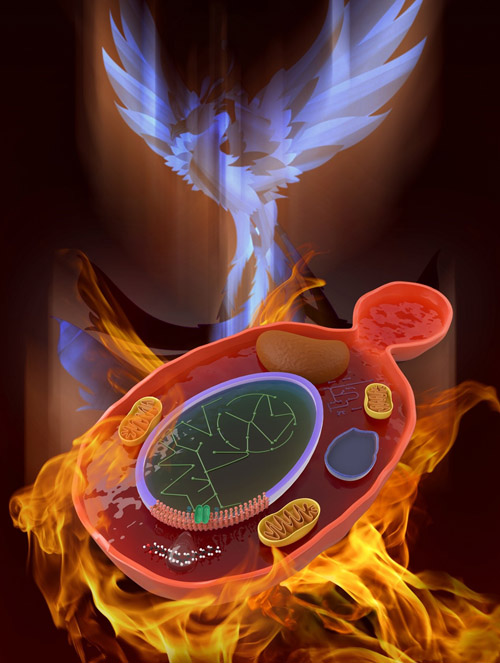Methanol is an ideal and renewable feedstock for bio-manufacturing because of its abundance and, as a liquid, methanol is compatible with current transportation and fermentation infrastructure. Methanol can be massively produced from coal, biomass, natural gas and even CO2, which will contribute to carbon neutrality goal. Fatty acids and their derivatives are promising raw materials for manufacturing advanced biofuels, detergents, lubricants, surfactants, etc., with a market of $73.95 billion in 2021. Current supply of fatty acids are mainly through extraction from plants, which requires large amounts of arable land. Alternatively, methanol biotransformation might provide a sustainable routes for fatty acid production with independence of arable land and fresh water.
Yeast is widely used for baking and brewing, which is an ideal host for methanol based bio-manufacturing. However, cellular methanol metabolism is highly regulated and methanol toxicity might limit the biosynthetic efficiency. In particular, there is limited information connecting methanol toxicity, methanol metabolism and product biosynthesis.
Recently, our group engineered yeast Ogataea polymorphafor efficient productions of free fatty acids (FFA) from sole methanol by rewiring cellular metabolism and relieving the methanol toxicity. This study was published in Nature Metabolism on 11 July, 2022.
We observed a growth deficiency of engineered FFA producing Ogataea polymorpha in methanol, and this deficiency was successfully restored by adaptive laboratory evolution. Multi-omics analysis (genomics, transcriptomics, and lipidomics) showed that FFA overproduction perturbed phospholipids hemostasis. Finally, a metabolic rewiring in this superior host achieved a high level of FFA accumulation (up to 15.9 g/L).
This work reveals the mechanisms of methanol toxicity during bio-productions, and achieves efficient methanol biotransformation to value-added products for industrial applications.
The study was supported by the National Key Research and Development Program of China, the National Natural Science Foundation of China, and DICP innovation grant from Dalian Institute of Chemical Physics, CAS. (Text and Image by Jiaoqi Gao)

中文版

